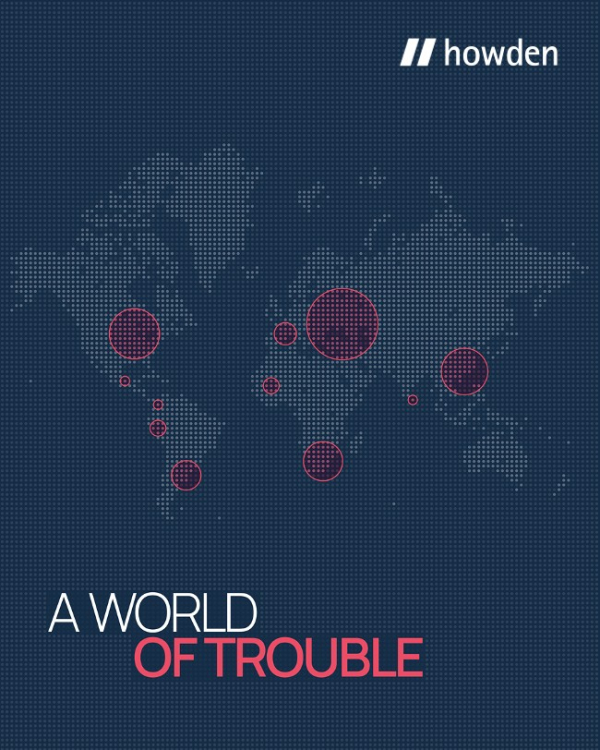Political violence hotspots rivalling natural disaster losses – Howden

A new report on political violence from insurance broker Howden suggests that insured losses from strikes, riots and civil commotion hotspots are comparable to natural catastrophe claims.
The political violence insurance landscape is increasingly volatile, according to a new broker report from Howden.
The unpredictable threat landscape is a limiting factor on the risk appetite of political violence (PV) insurers, Howden warned.
Recent unrest globally, such as in Latin America and Africa, has seen the value of strikes, riots and civil commotion (SRCC) claims rival or even surpass major natural catastrophe losses, the broker revealed.
The PV loss profile has shifted significantly in recent years, according to the study.
Insurers have faced more than $10 billion of SRCC losses since 2015, versus under $1 billion for terrorism claims.
Pricing for standalone PV commercial insurance policies is undergoing a correction as a result of these claims and underlying risk perceptions, the study explained, rising by more than 80% since 2018.
Underlying tensions
The economic effects of Covid-19 and Russia’s invasion of Ukraine have combined with societal discontent linked to the cost-of-living crisis, the report argues, to elevate SRCC risks and cause a reset in the standalone PV market.
Recent outbreaks of violence include Chile, the US, South Africa and Peru. Such events saw violence spiral quickly to affect multiple locations and are indicative of rising discontent globally, according to Howden.
Similar dynamics were visible in PV events last year in Iran, Kazakhstan, Sri Lanka and Argentina, the broker added. This year has offered little respite to the pace of PV events. Protests in France and Israel have hit headlines in recent weeks.
All of this has led property insurers to withdraw SRCC coverage, while risk appetite in the standalone PV market has also reduced significantly.
PV watershed
The standalone PV insurance market faces its most significant recalibration since its inception, the report suggested. Pricing today is up more than 80% since 2018, Howden said.
2019 in particular was a “watershed moment”, after many years of profitability, according to the broker’s report.
“Long-standing soft conditions, characterised by marked declines in pricing and strong competition, have been arrested by the series of losses that moved the overall market into the uncharted territory of underwriting losses,” said the report.
“After a prolonged period of sizeable rate reductions through most of the 2010s, pricing stabilised towards the end of the decade before the correction started to materialise in late 2020, accelerating rapidly into hard pricing territory in 2022.”
